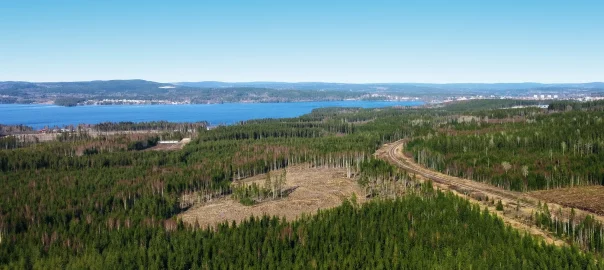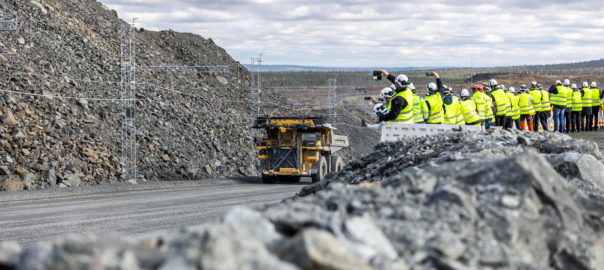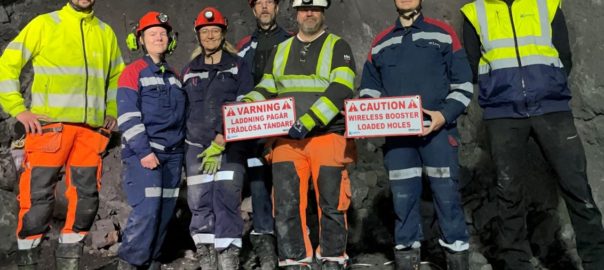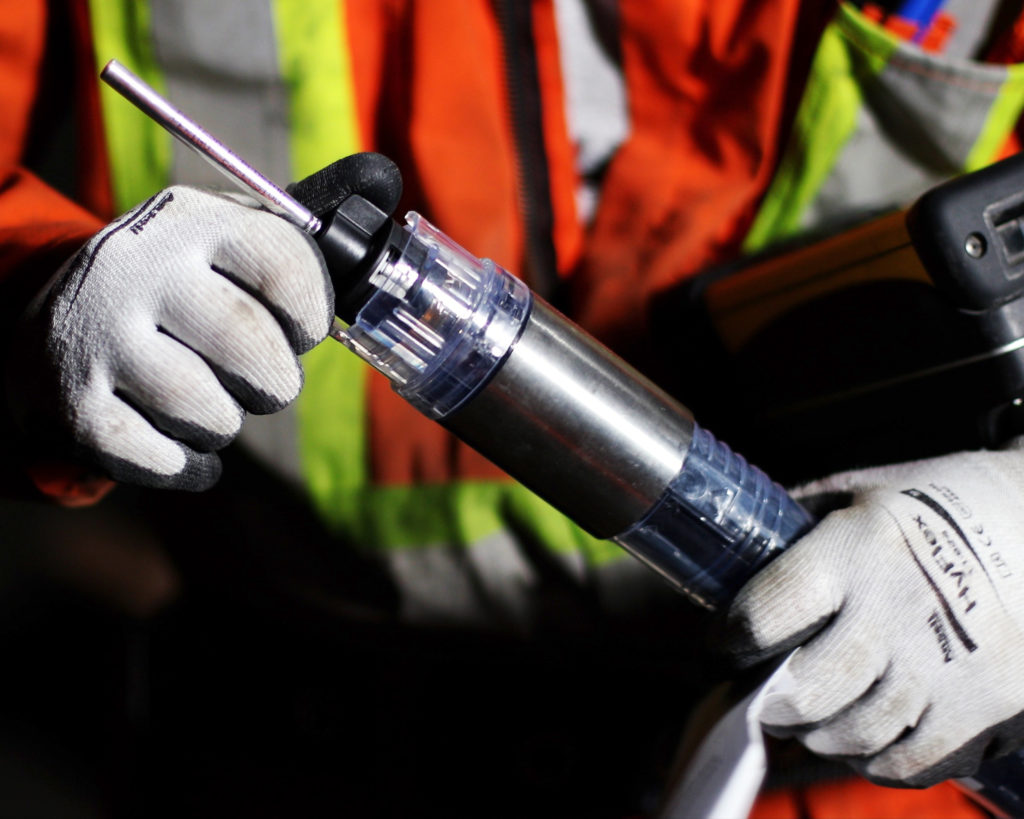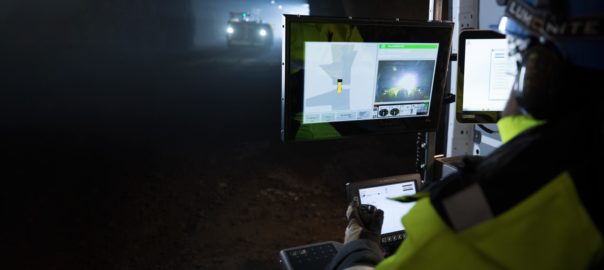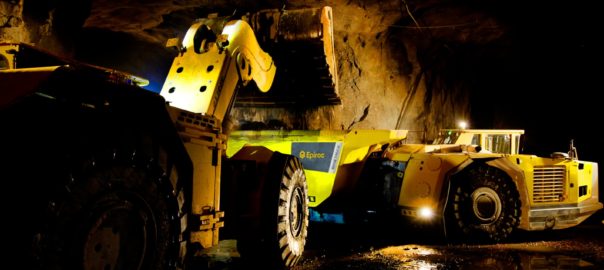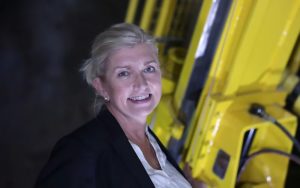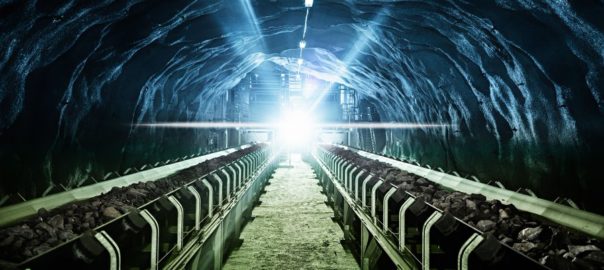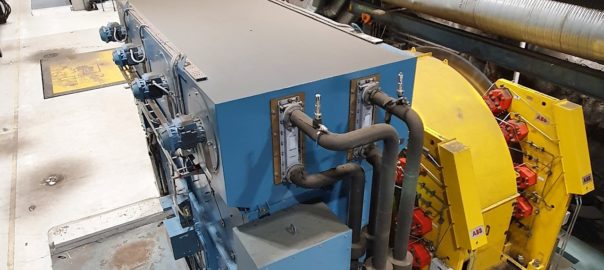Nordic Iron Ore AB has signed a Letter of Intent (LoI) with Hitachi Energy for a service to secure necessary electrical power to its Blötberget iron ore project in Sweden.
By securing stable supply of electricity to the mine, the company takes an important step in resuming sustainable mining of iron ore in Blötberget and being able to deliver green concentrated iron ore to steel production, it said.
Nordic Iron Ore is evaluating different possibilities to secure the supply of electricity to Blötberget where the company has all the necessary grants to resume mining activity and extract iron ore. An important part of power supply is the power station.
The LoI will see the companies initiate exclusive negotiations regarding a solution called Electrification as a Service for the 50/12 kV system that reliable mining operations in Blötberget require. The arrangement would also include an option for a battery storage solution which would stabilise power output from the station.
Ronne Hamerslag, CEO of Nordic Iron Ore, said: “It is very satisfying that we together with Hitachi Energy can proceed and develop concrete plans and a new business model that make it possible for us to buy Electrification as a Service without the need for a capital intensive investment. This solution would reduce the business’s capital need and not only reduce our financial risk but also the installation and operational risks.”
Nordic Iron Ore was formed in 2008 with the main aims of resuming mining operations in Blötberget and Håksberg and conducting exploration of the expansion potential of the Väsman field, together forming the Ludvika Mines, in southern Dalarna.







